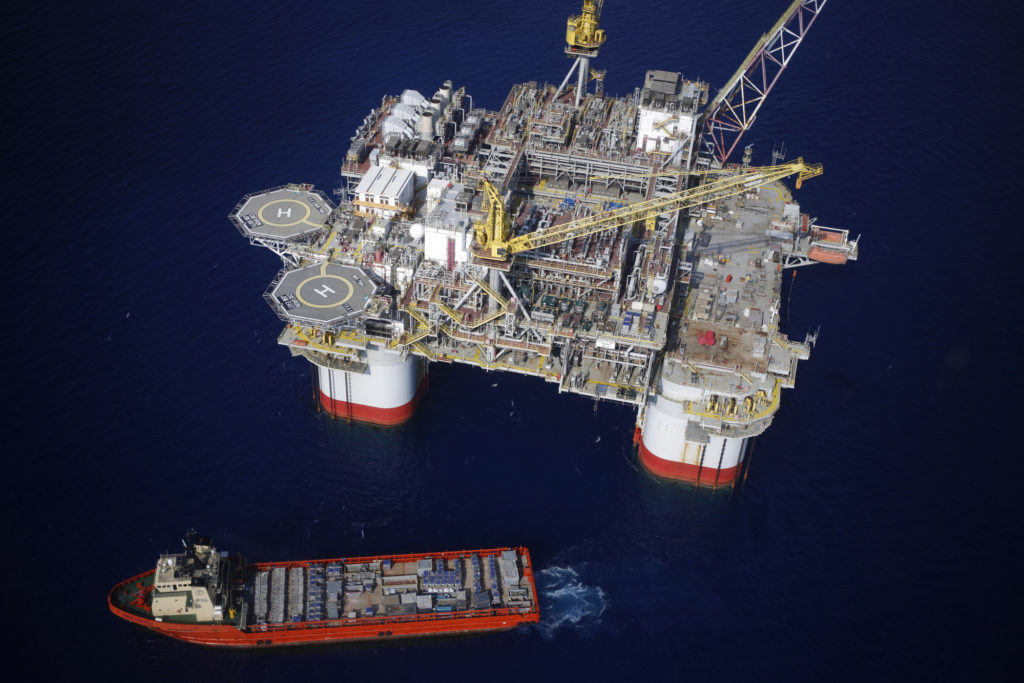
Deepwater and tight oil are two of the upstream sector’s great growth themes, but are often considered to be at opposite ends of the development spectrum.
Deepwater represents large, expensive and complex long-cycle projects best suited to Big Oil. In contrast, tight oil offers flexible short-cycle opportunities more favoured by nimbler independents.
But both have undergone a rapid transformation over the past few years, and many assumptions industry once held no longer hold true.
Angus Rodger, director, Asia Pacific upstream, at global natural resources group Wood Mackenzie, said: “In both deepwater and tight oil, costs have come down, while development techniques have improved, allowing vast new reserves to breakeven under US$50.
“In mid-2014, 9 billion barrels of oil equivalent (boe) of undeveloped Permian tight oil had a breakeven under US$50 per barrel of oil equivalent (boe) (all NPV,15), versus 5 billion boe in pre-FID deepwater. By mid-2019, 33 billion boe breaks even under US$50/boe in deepwater, versus a whopping 66 billion boe in the Permian. The latter dominates the pre-final investment decision (FID) future cost curve for oil, which is staggering, given it is just a single basin.”
Reinvention sparks deepwater revival
He added: “Tight oil’s progression from cottage industry to industrialisation is primarily a Permian story, but it is still in its early stages. It used to be all about price-responsive flexibility and well-by-well economics. Now scale is the key differentiator. ‘New’ tight oil is industrialised, and that requires more capital and infrastructure, and longer cycle times.”
At the same time, the deepwater industry has also been reinventing itself, cutting costs, cycle-times and breakevens. The main beneficiaries of this are a handful of advantaged sweet spots, such as Brazil, Guyana and the Gulf of Mexico.
They are two vastly different resource themes, but there are signs of convergence. Deepwater is trying to slim down and shorten its investment cycle to offer a viable alternative to tight oil. And the Permian going the other way, scaling-up capital spend, project footprint and value extraction. This plays into the hands of the Majors, who can use their capital and big project capabilities to lead the next phase of tight oil development.
“There are other similarities too,” Rodger said. “At present, both currently produce around 7.5 million barrels per day (b/d), and each is poised for a sustained period of rising output. Both themes are growing, but tight oil – with its underlying low-cost resource base – is growing faster.”
The philosophy behind Permian development is changing, and projects today look very different from a few years ago. Wells used to be drilled on smaller pads, laterals were shorter, completions less aggressive and subsurface models constantly in flux. But after drilling more than 10,000 horizontal wells in the play, industry now knows where the best rock is.
Rodger said: “The focus has switched to exploitation, increasing recovery and improving incremental economics. And engineers discovered that bigger really is better. Experiments proved that well economics improved with more aggressive completions and longer laterals.
“Once big became beautiful, the stage was set for the industrialisation of the Permian. Pads doubled, then tripled in size. Beneath them operators were targeting every producible zone with an onslaught of drilling.
“This approach requires considerably more capital, planning and infrastructure than the well-by-well model, but the added complexity and upfront capital are worth it if economies of scale can be successfully delivered. And it makes the unconventional model starts to look considerably more conventional.”
Resetting the economics
Rodger added: “On the other hand, it’s hard to conceive how deepwater could be more like tight oil. But while the nature of deepwater hasn’t fundamentally changed, the investment proposition has.
“There has been an impressive reset of deepwater economics. Pre-FID projects breakevens have fallen 37%, from an average US$79/boe down to US$50/boe (NPV,15). Average development capex/boe has fallen from over US$20/boe in 2013 to under US$8/boe today.”
There has been a step-change in development philosophies too. To compress the investment cycle, boost returns and compete with tight oil, companies have focused on bringing fields onstream quicker via simpler development concepts, including more subsea tiebacks.
“Simpler projects are quicker – from 2004 to 2014 the average project took 10 years from discovery to come online. From 2015, the time from discovery to first production has halved to five years. Leading the way are new low-breakeven developments in the US Gulf of Mexico and Angola,” he said.
And the success of fast-cycle development techniques deployed by players such as LLOG and Kosmos has proved you no longer need to be big to create value from deepwater, particularly in the US.
Deepwater payback period and lead time
Rodger added: “Big Oil will be the big winner from the convergence of tight oil and deepwater. With strong balance sheets that are self-funding at US$55 per barrel of oil, each has investment optionality, making choices based on risk and return.
“The Majors’ longer-term investment horizon also allows them to invest through the cycle in both deepwater and tight oil.
“The Permian will be central to driving corporate strategies for players of all sizes. Many US Independents will need to scale up to compete as industrialisation gathers pace, but not all have the skills and capital to do so.”
A more concentrated, differentiated corporate landscape will start to emerge. A key theme for all will be to focus on advantaged assets. Rationalisation will be an especially important strategic theme for those players with large, low-breakeven tight oil and deepwater inventories. Portfolio high-grading will create more opportunity for NOCs, conventionally focused Majors and internationally focused Independents.
These combined trends may force many of the larger US Independents to reassess the wisdom of abandoning both deepwater and international portfolio positions.
Rodger said: “Having a diverse inventory of low-breakeven oil opportunities will be key to thriving as the energy transition unfolds – and both tight oil and deepwater have vital roles to play.”